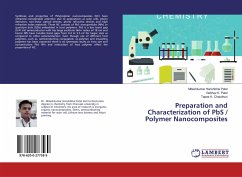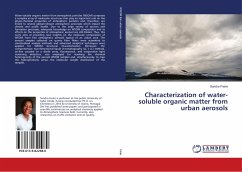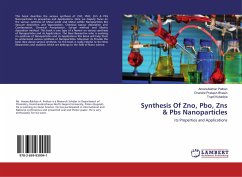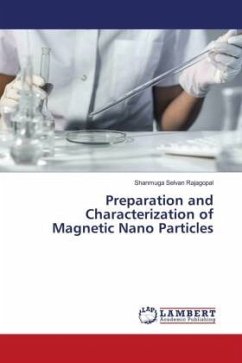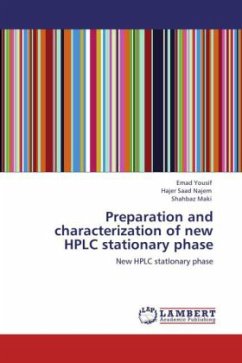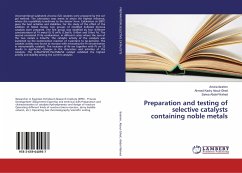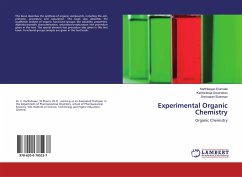Synthesis and properties of PbS/polymer nanocomposites (NC) have attracted considerable attention due to applications as solar cells, photo detectors, non-linear optical devices, photo refractive devices and high refractive index materials. These NC consists of PbS nanoparticles (NPs) or quantum dots (QDs) embedded in host polymers. PbS is a low band gap (0.41 eV) semiconductor with has large excitionic Bohr radius of 18 nm and hence NPs have tunable band gaps from 0.4 to 3.5 eV for larger sizes as compared to other semiconductors. Even though use of different host polymers, such as, semiconducting conjugated, co-polymer and insulating polymers has been examined there is no systematic study on how size and concentration PbS NPs and interaction of host polymer affect the properties of NC.
Bitte wählen Sie Ihr Anliegen aus.
Rechnungen
Retourenschein anfordern
Bestellstatus
Storno

